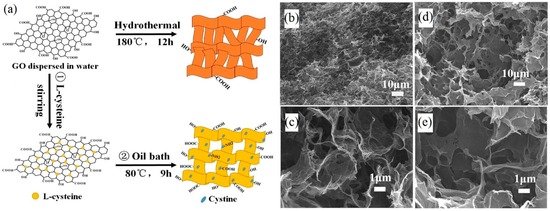ABSTRACT:Graphene-modified materials have captured increasing attention for energy applications due to their superior physical and chemical properties, which can significantly enhance the electricity generation performance of microbial fuel cells (MFC). In this review, several typical synthesis methods of graphene-modified electrodes, such as graphite oxide reduction methods, self-assembly methods, and chemical vapor deposition, are summarized. According to the different functions of the graphene-modified materials in the MFC anode and cathode chambers, a series of design concepts for MFC electrodes are assembled, e.g., enhancing the biocompatibility and improving the extracellular electron transfer efficiency for anode electrodes and increasing the active sites and strengthening the reduction pathway for cathode electrodes. In spite of the challenges of MFC electrodes, graphene-modified electrodes are promising for MFC development to address the reduction in efficiency brought about by organic waste by converting it into electrical energy.
